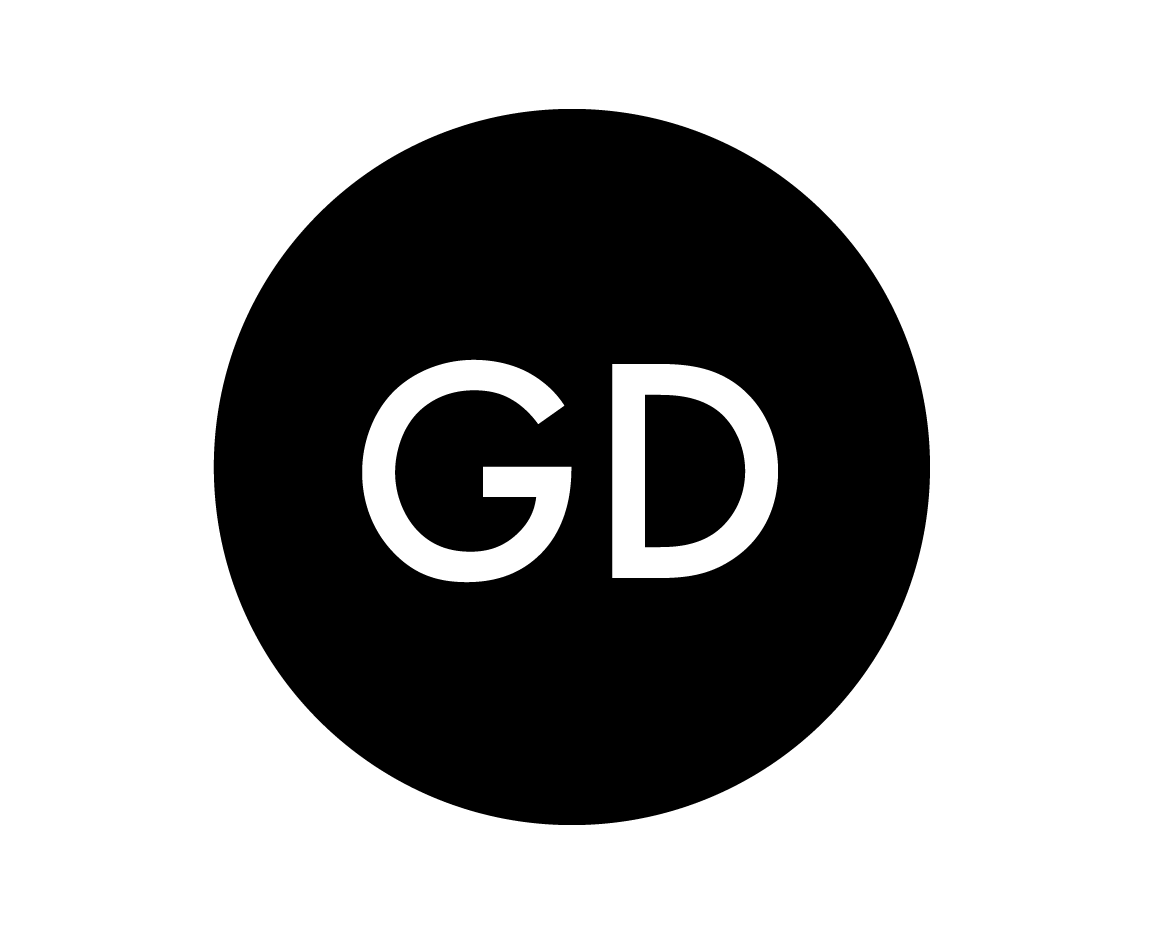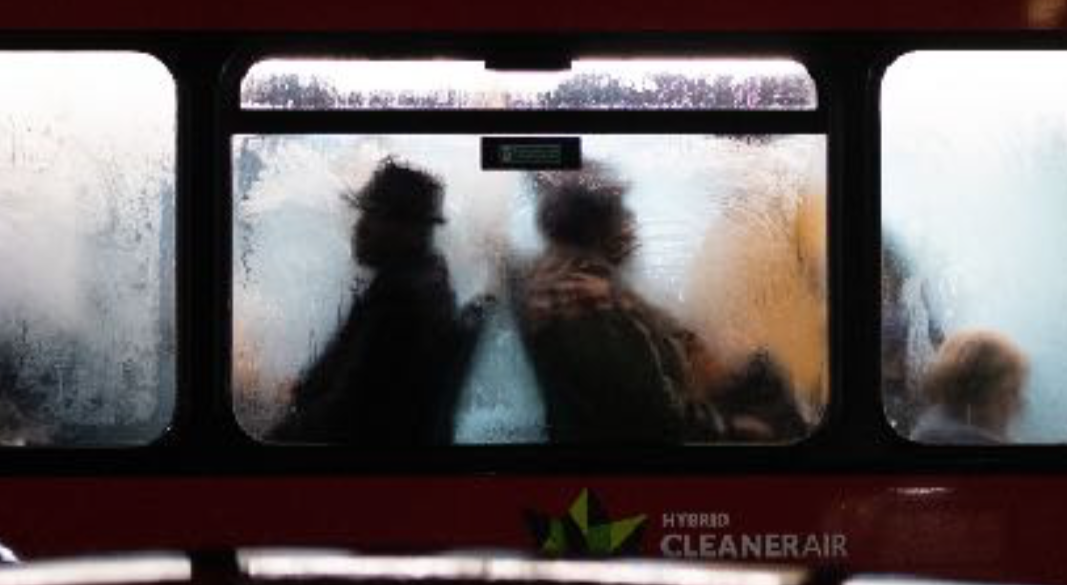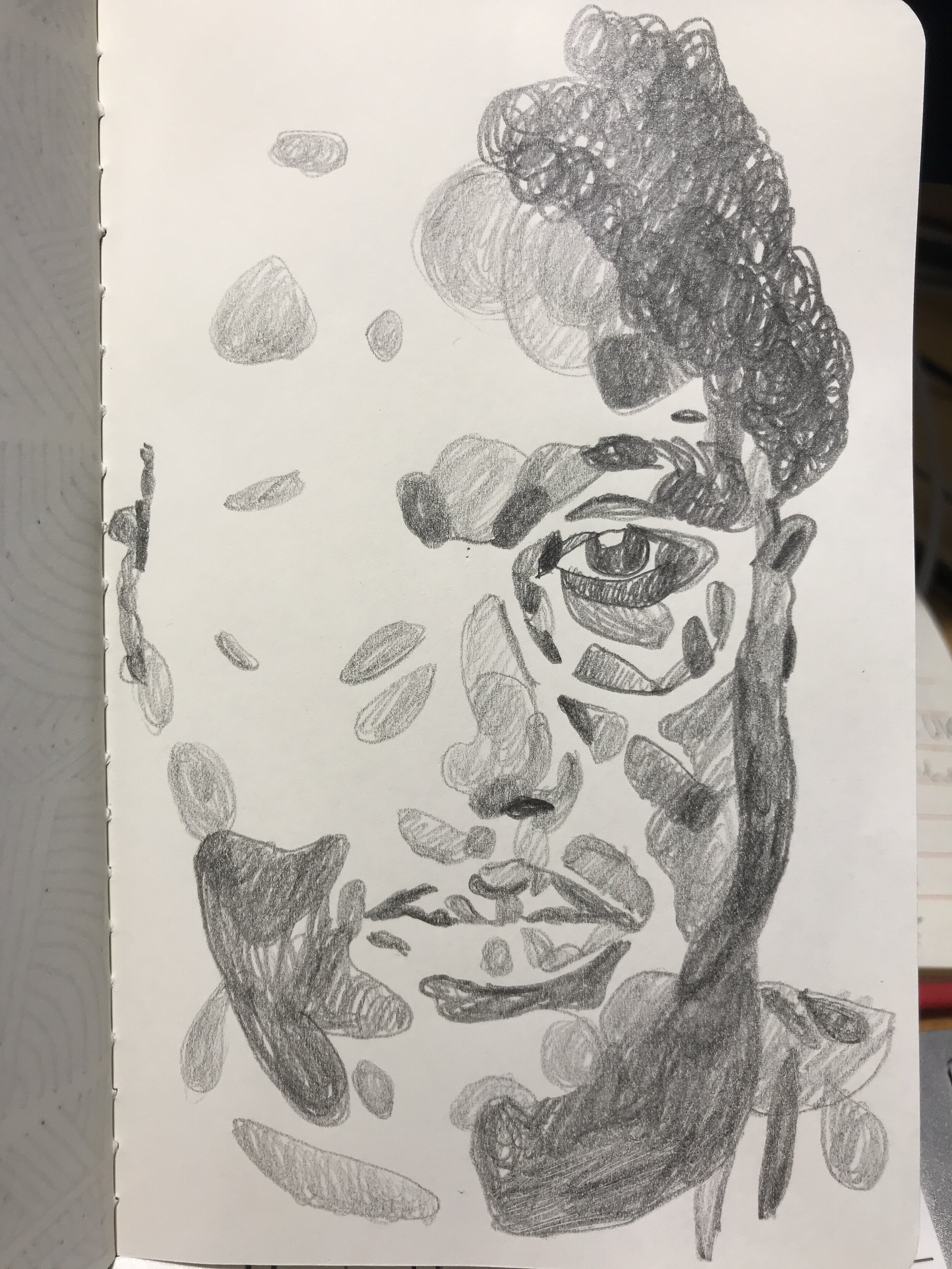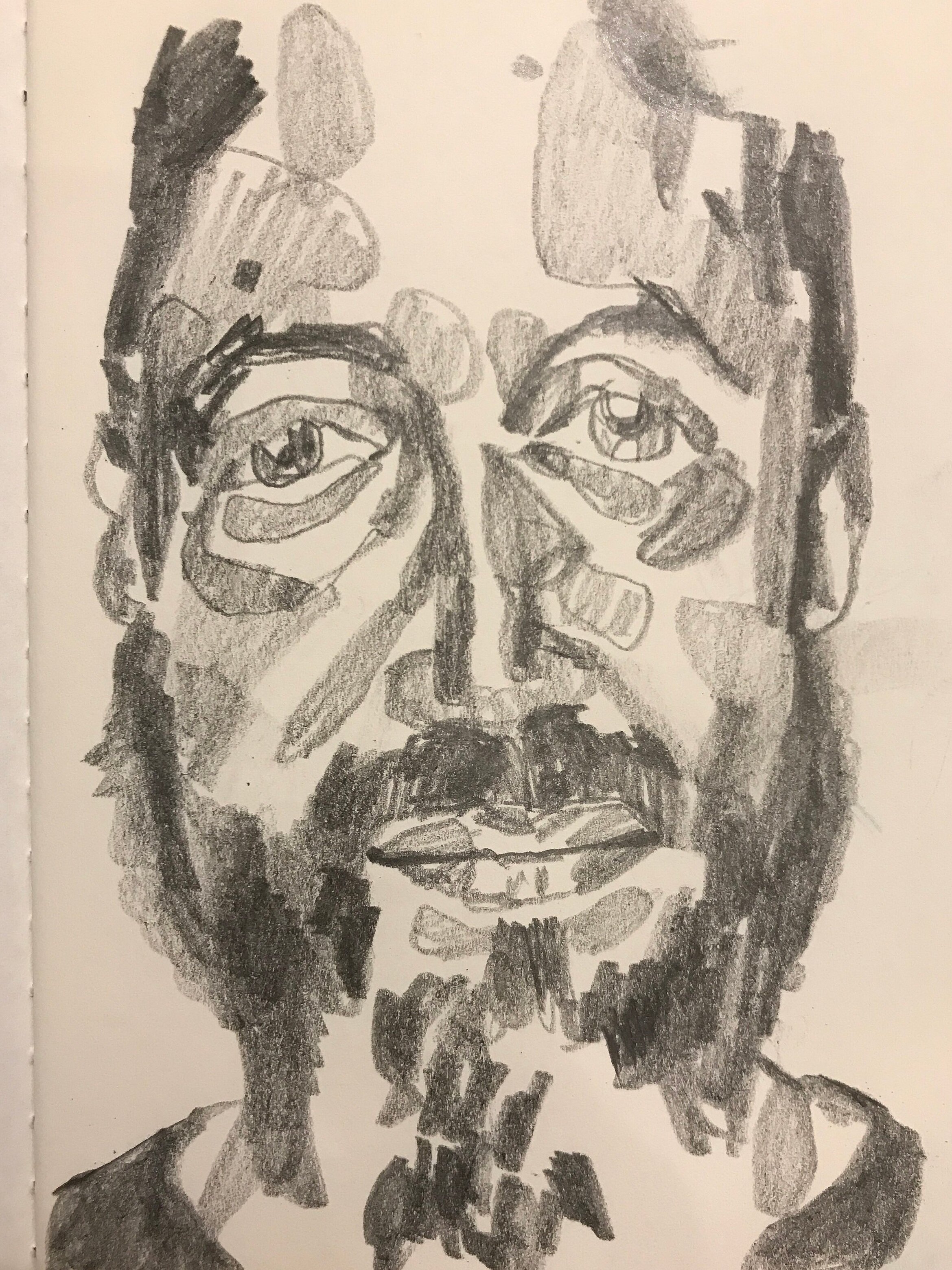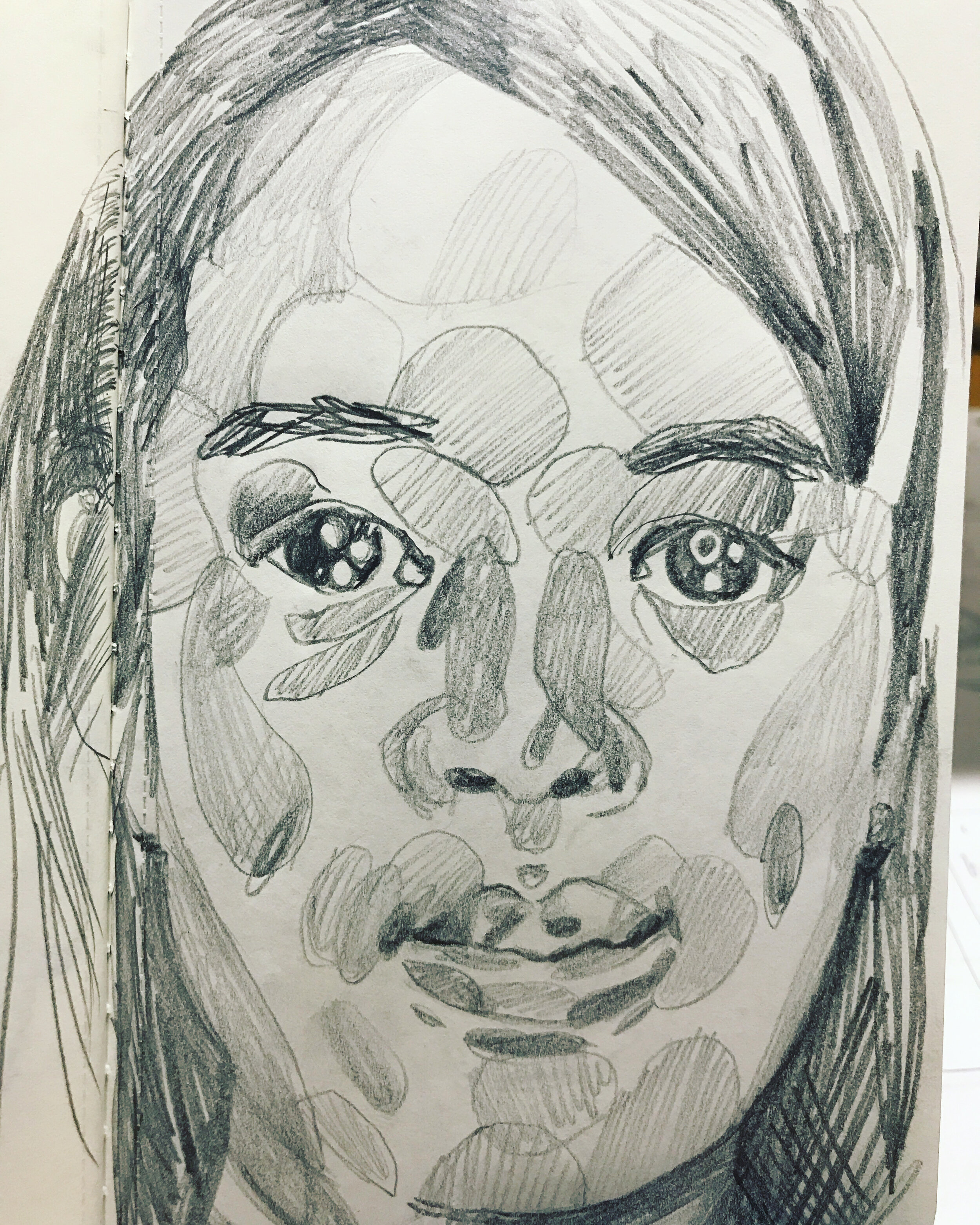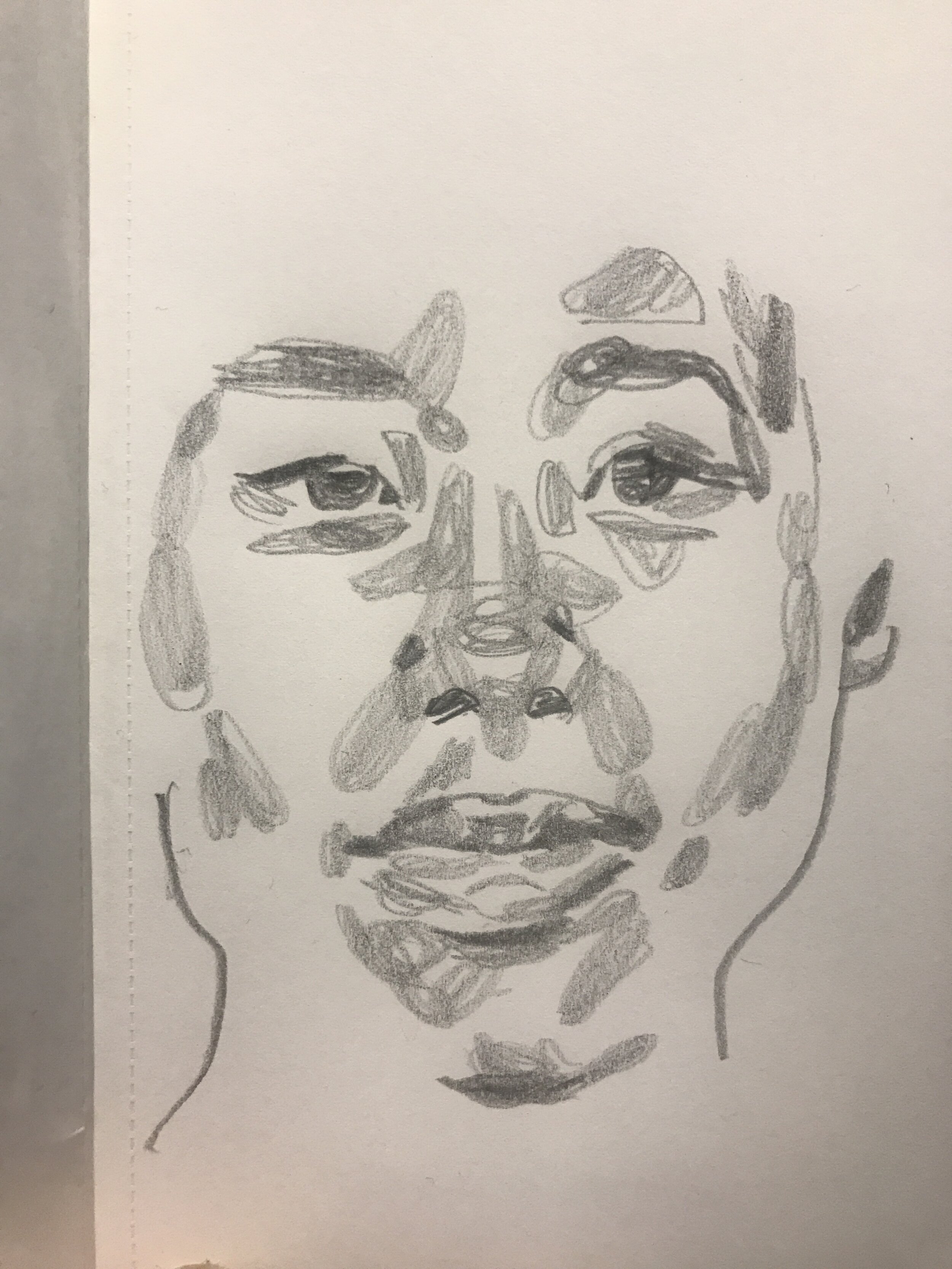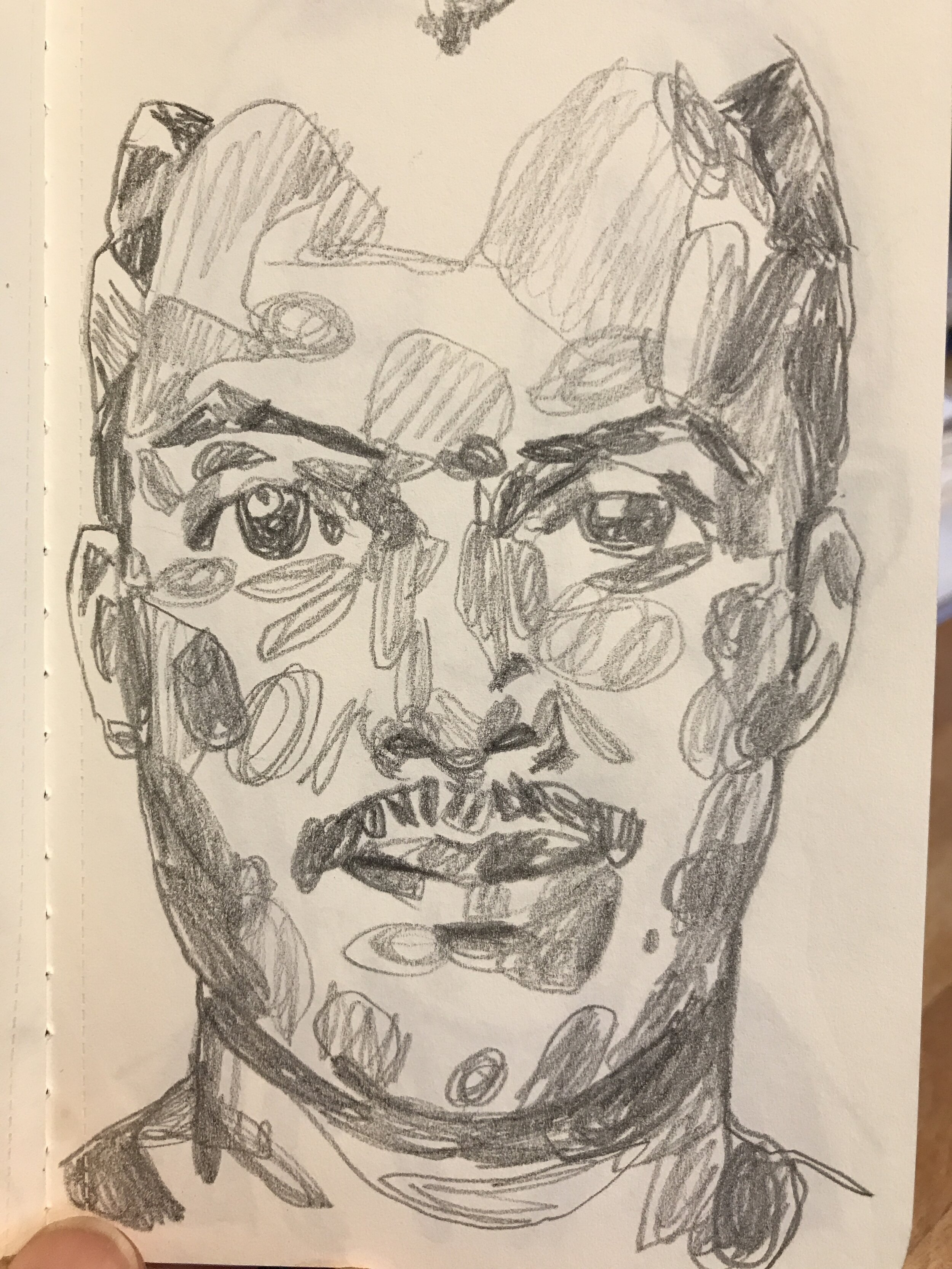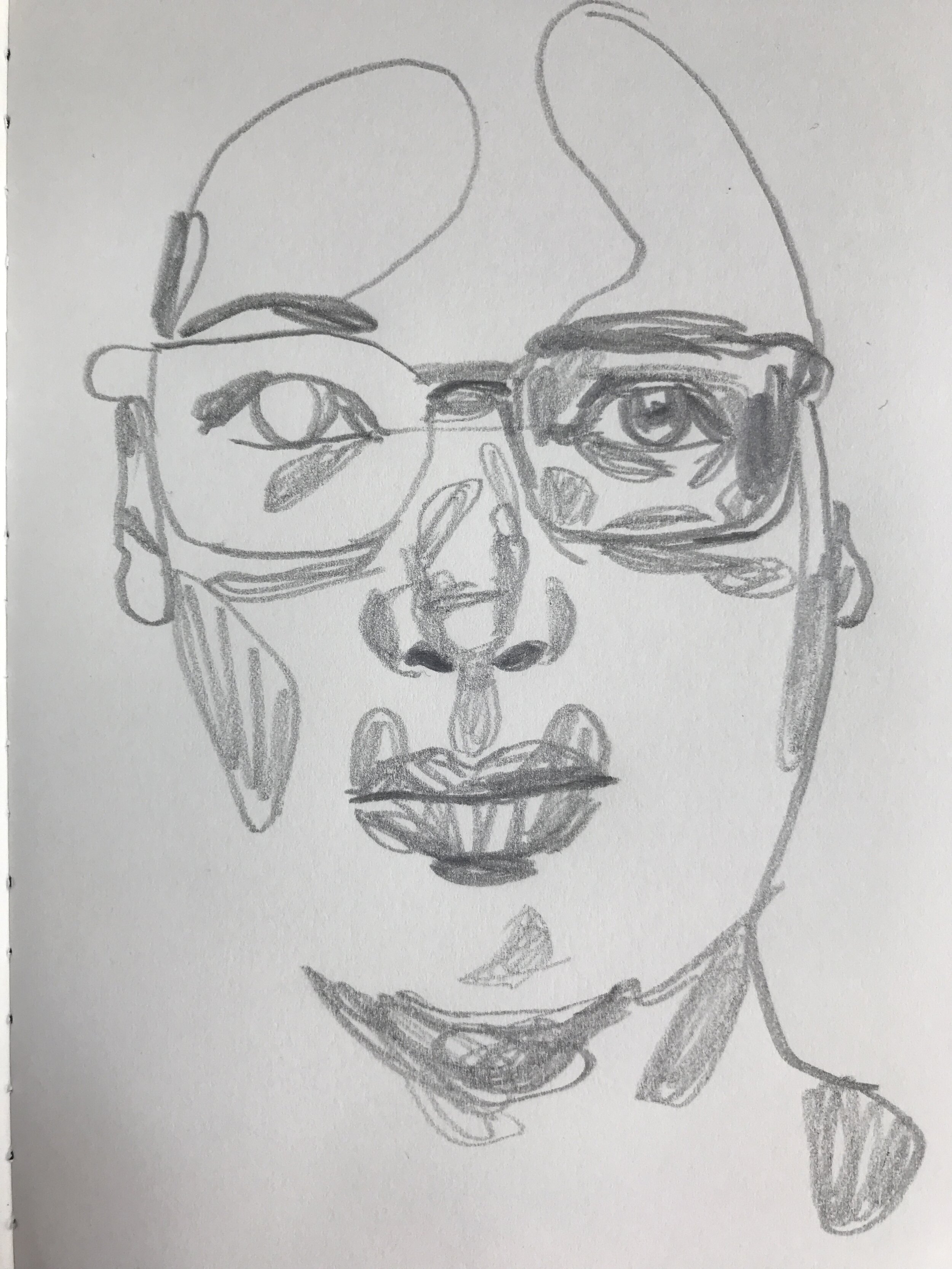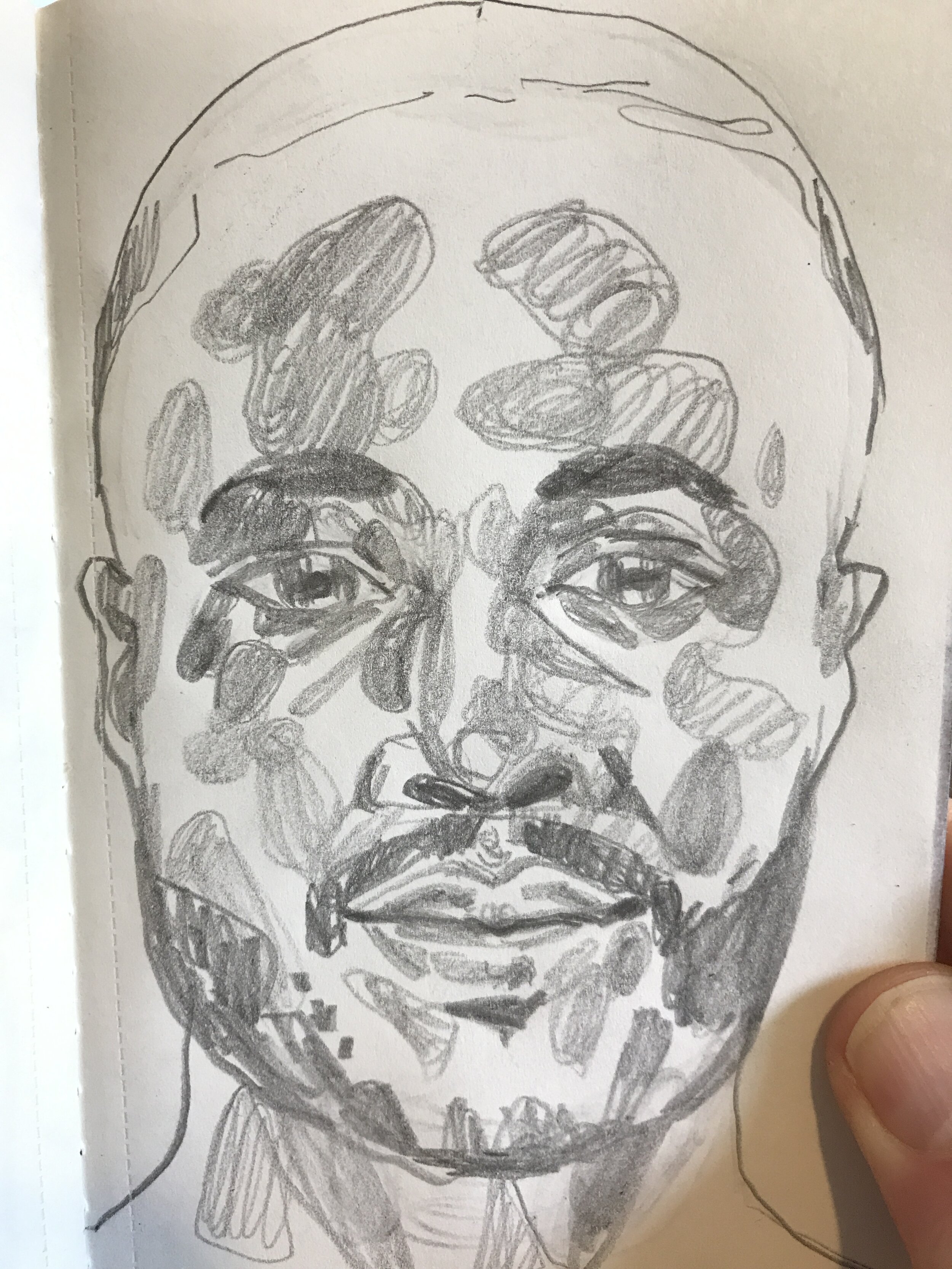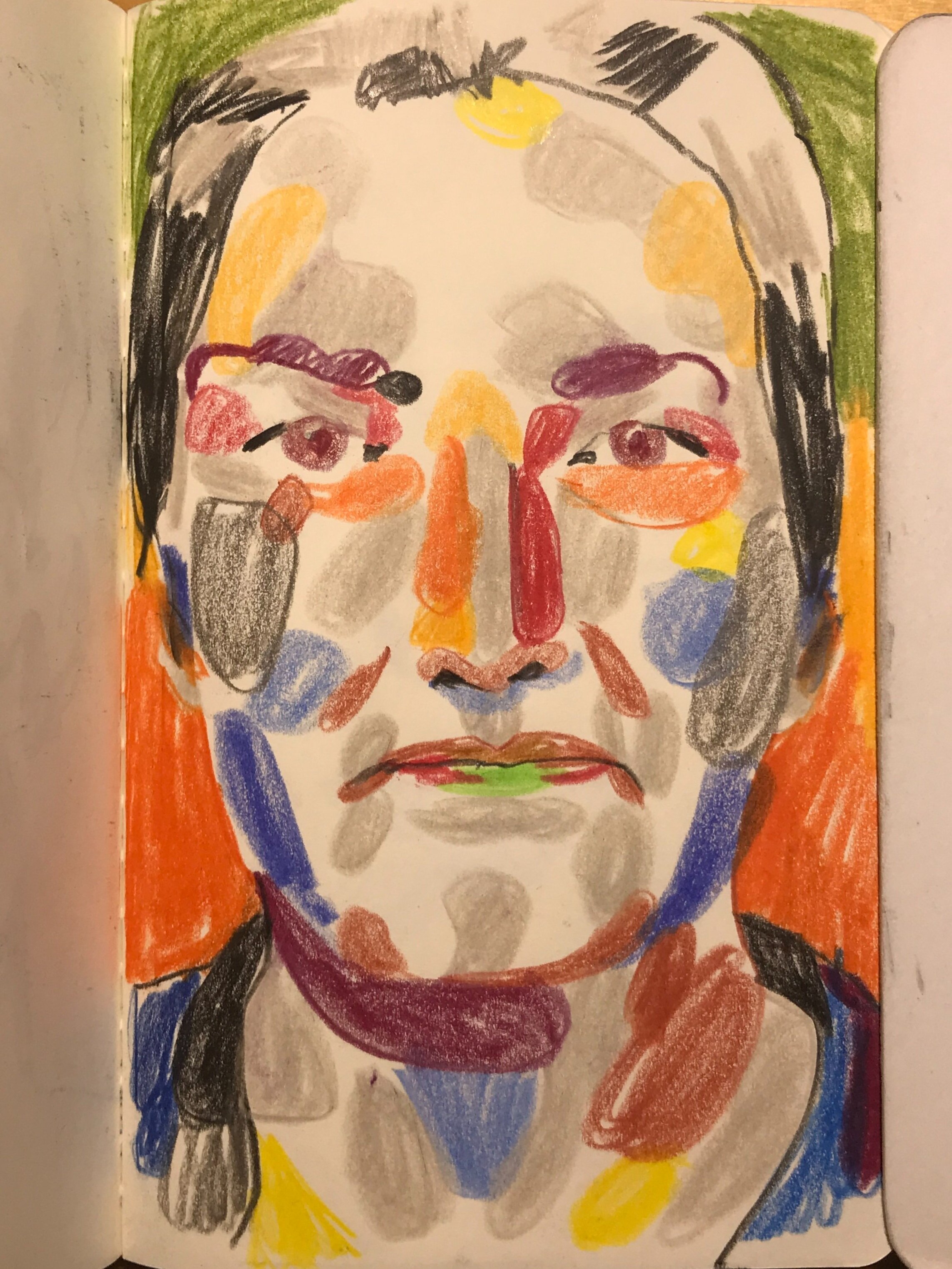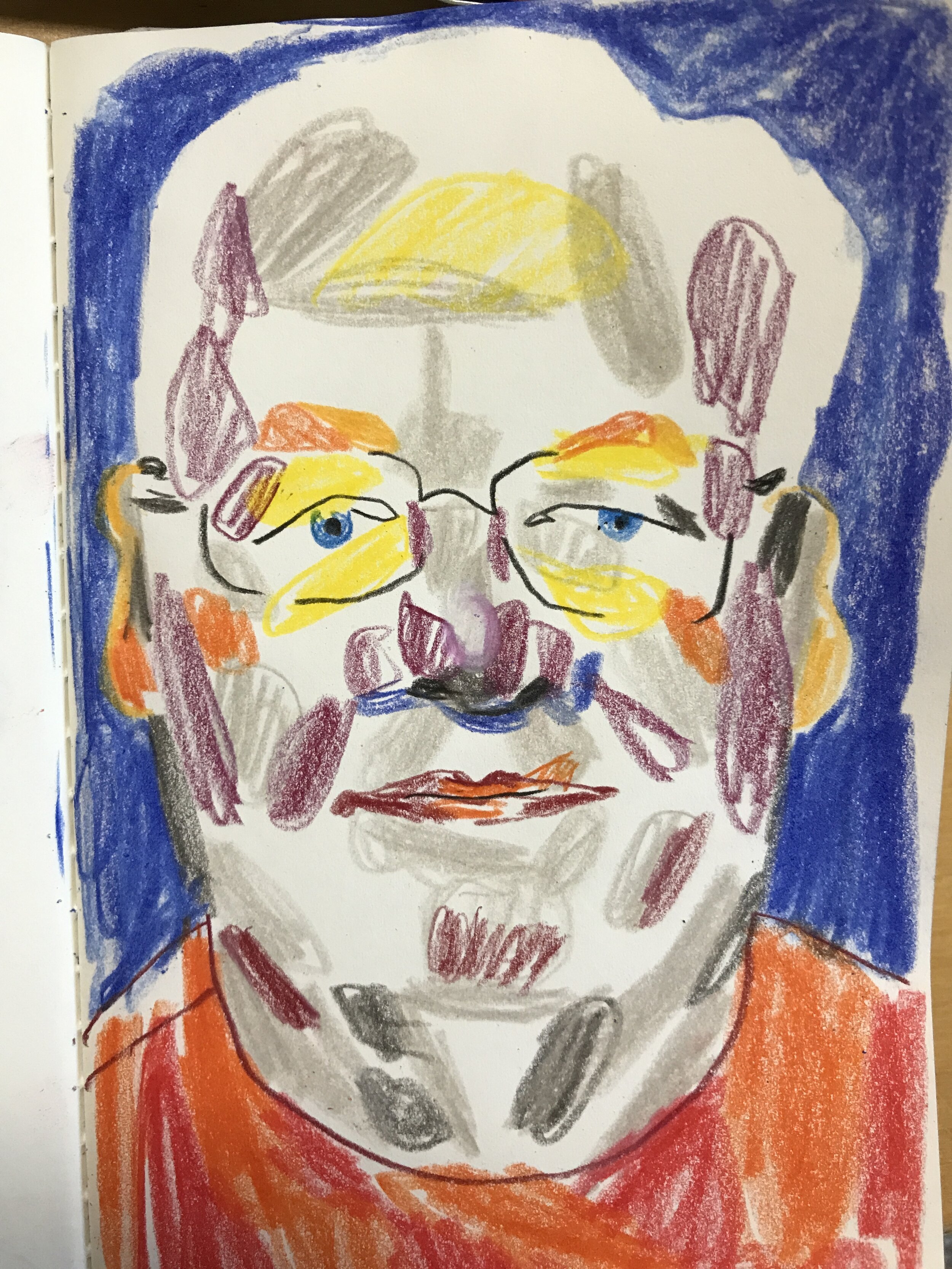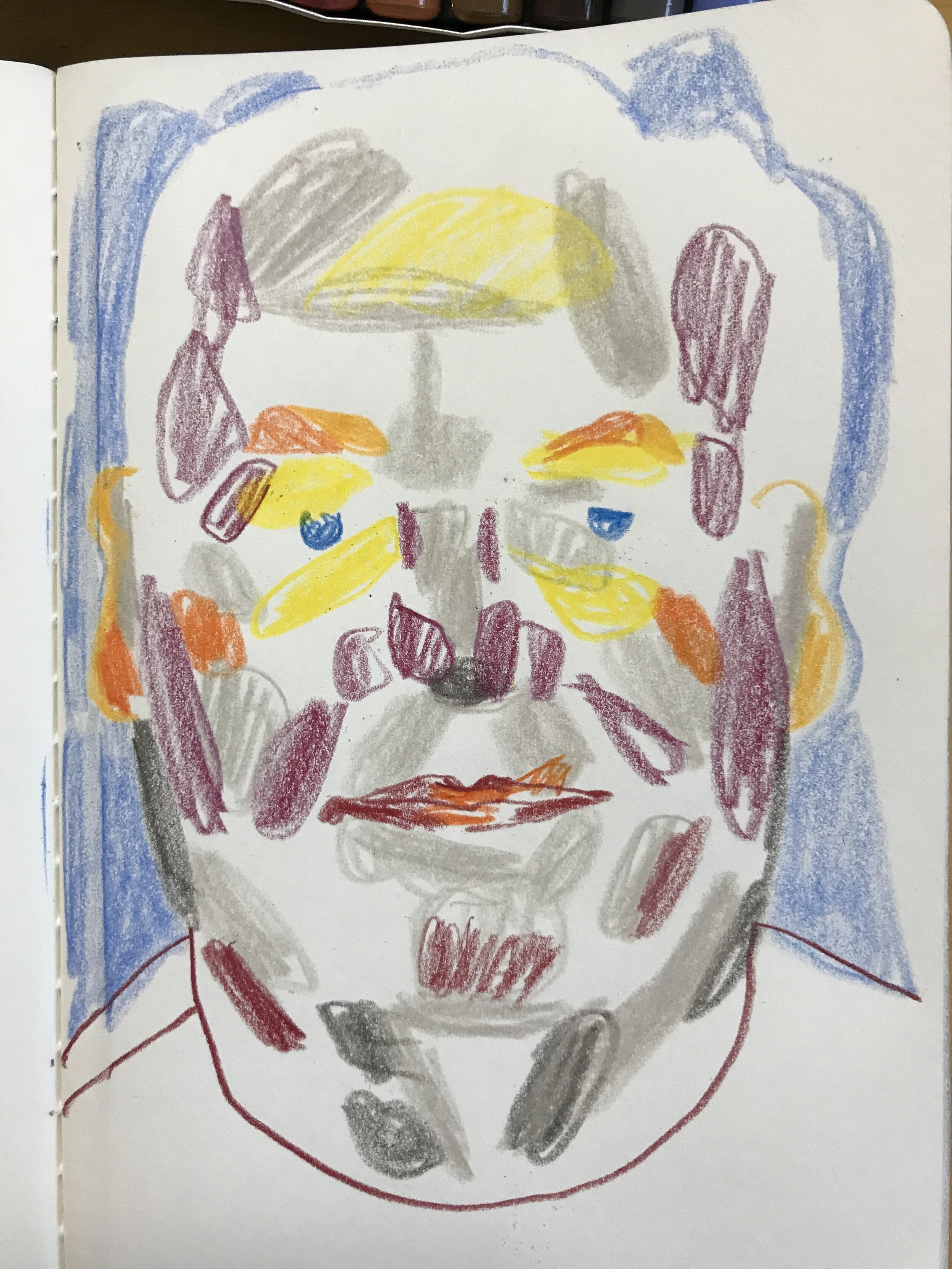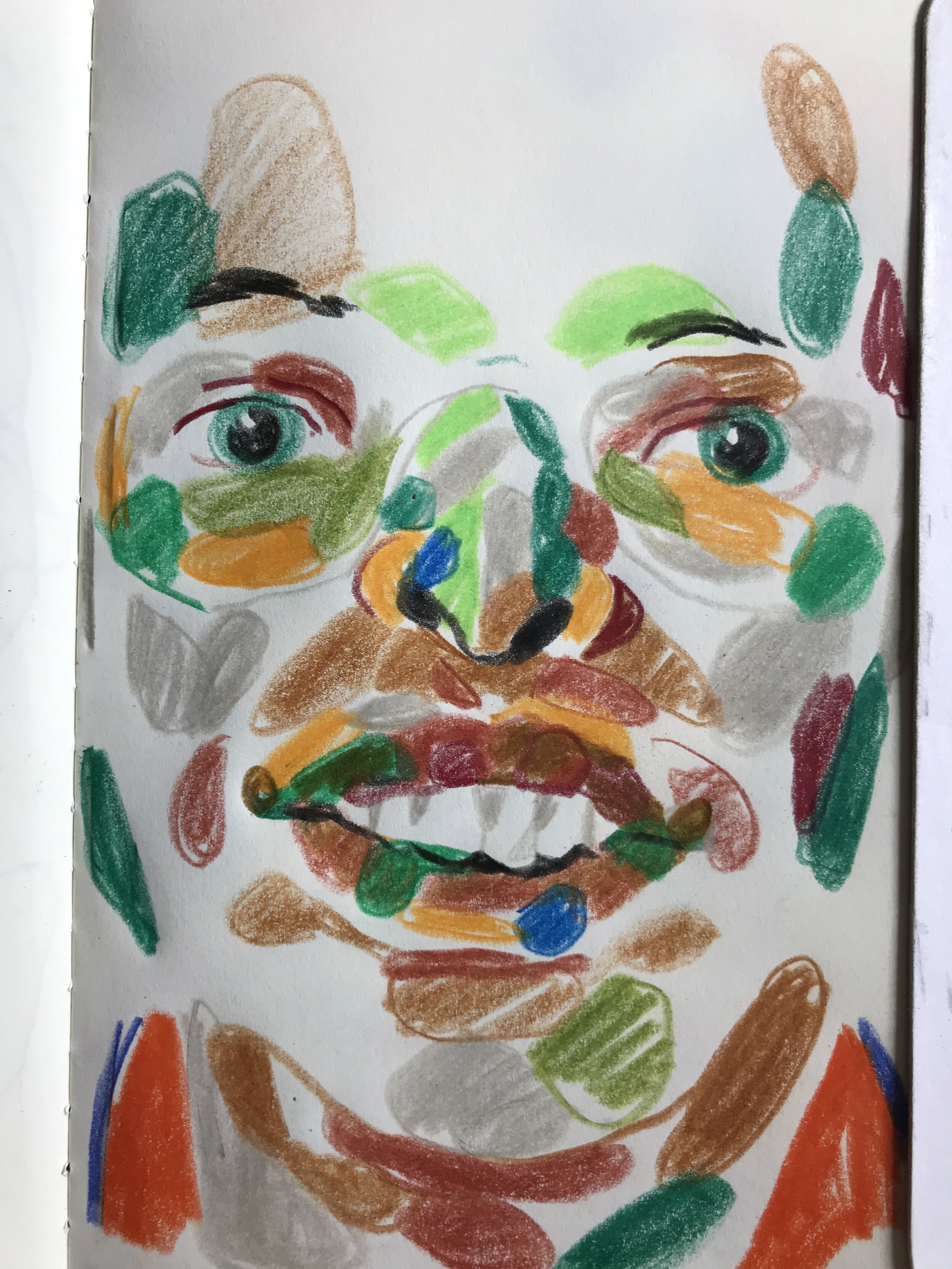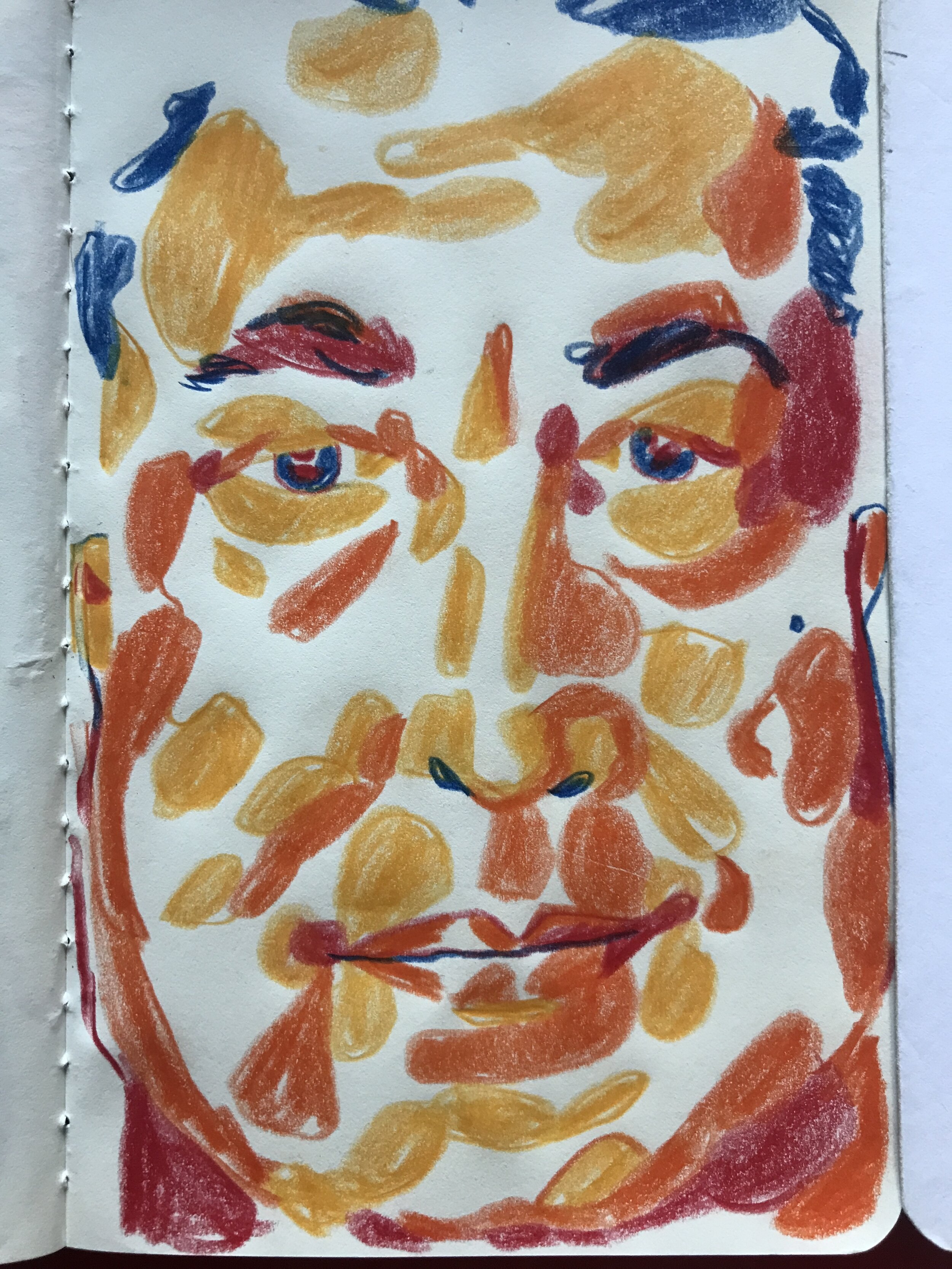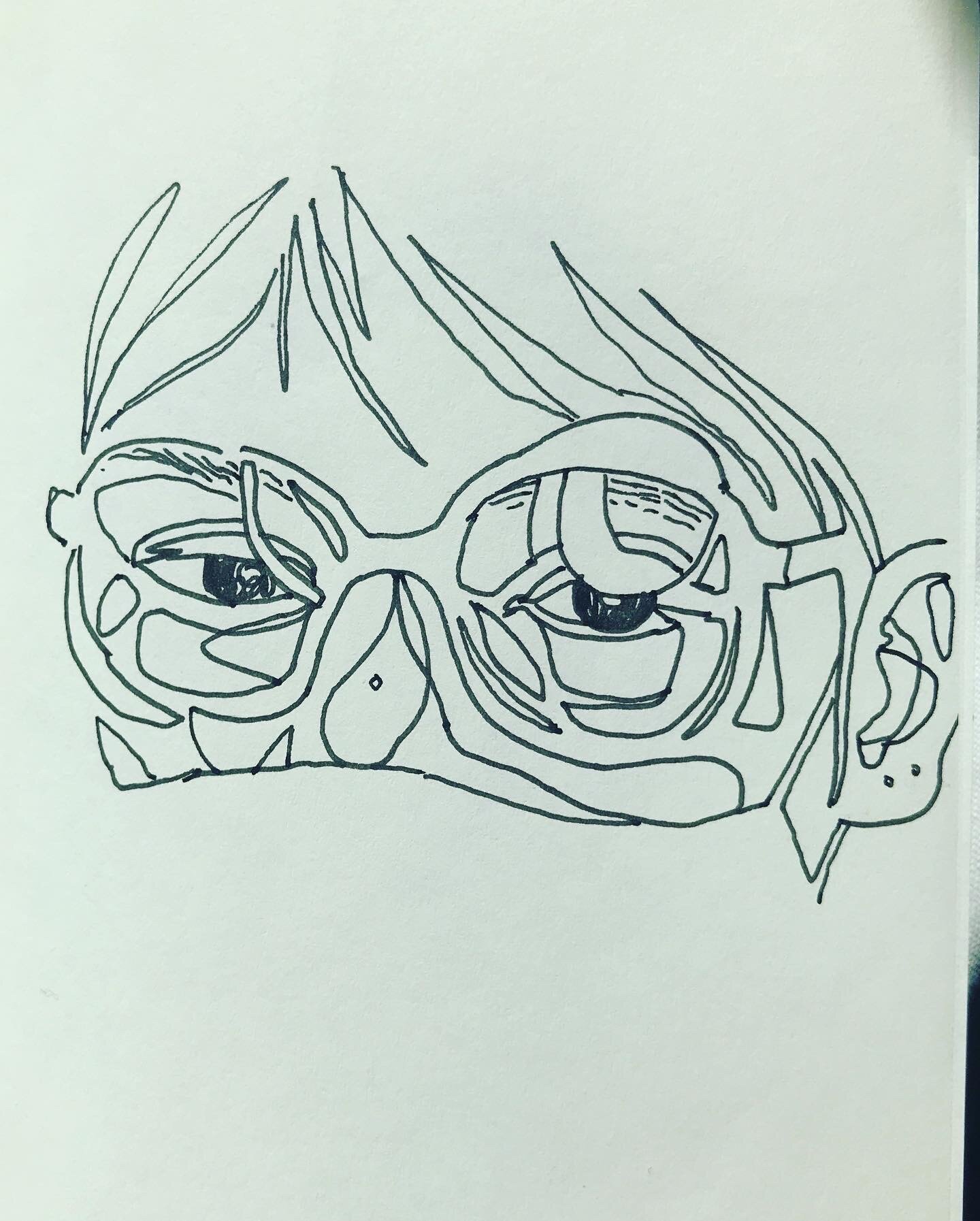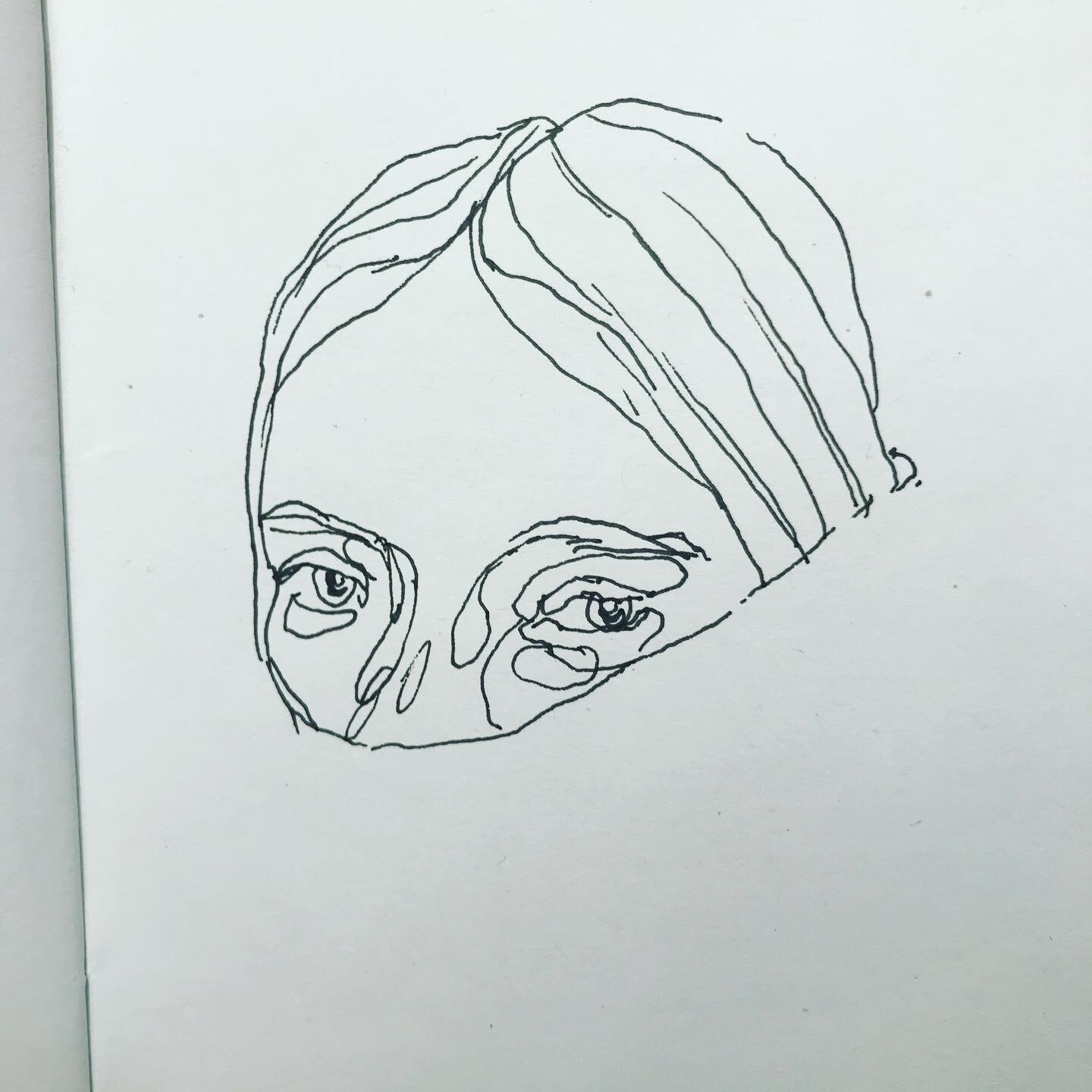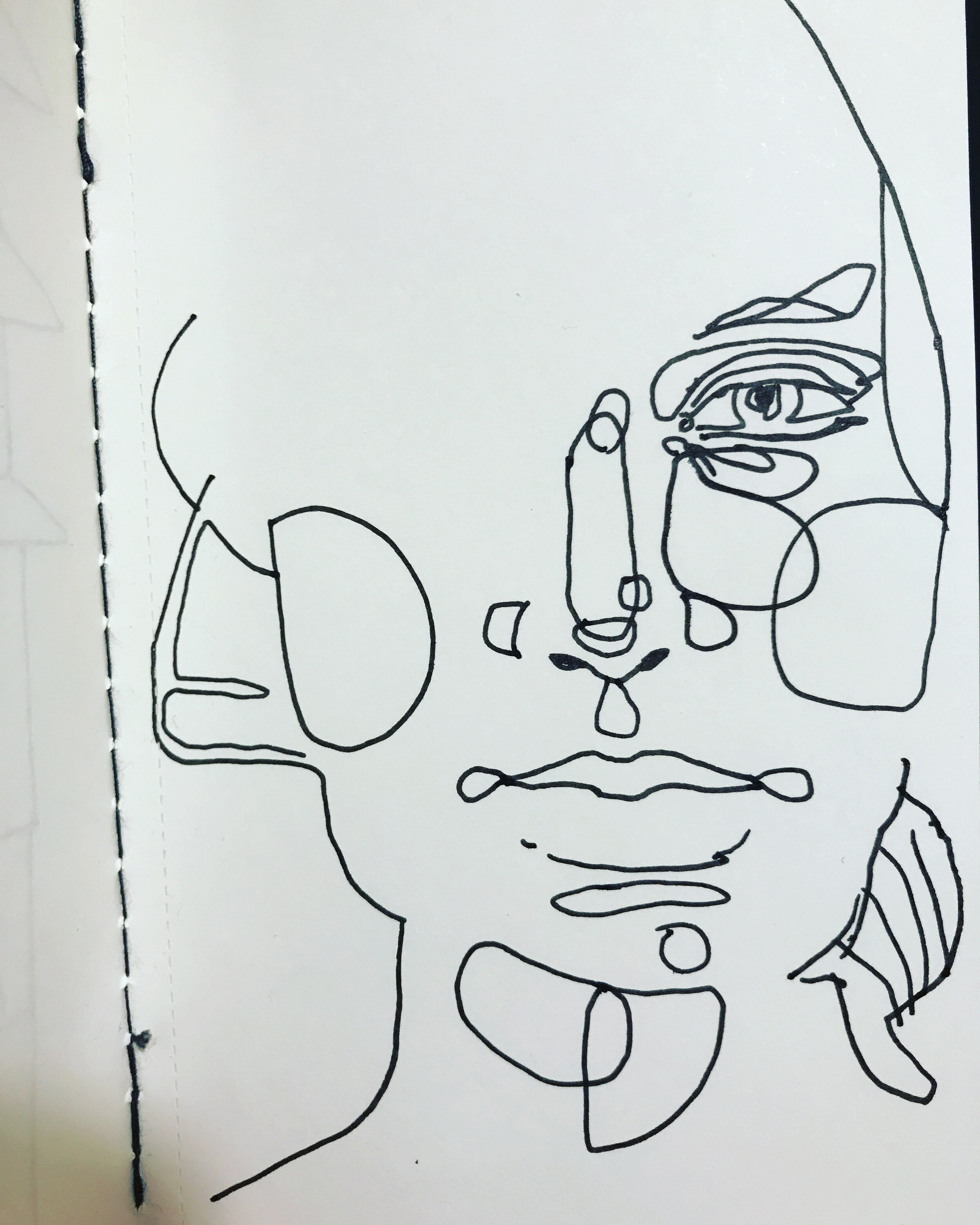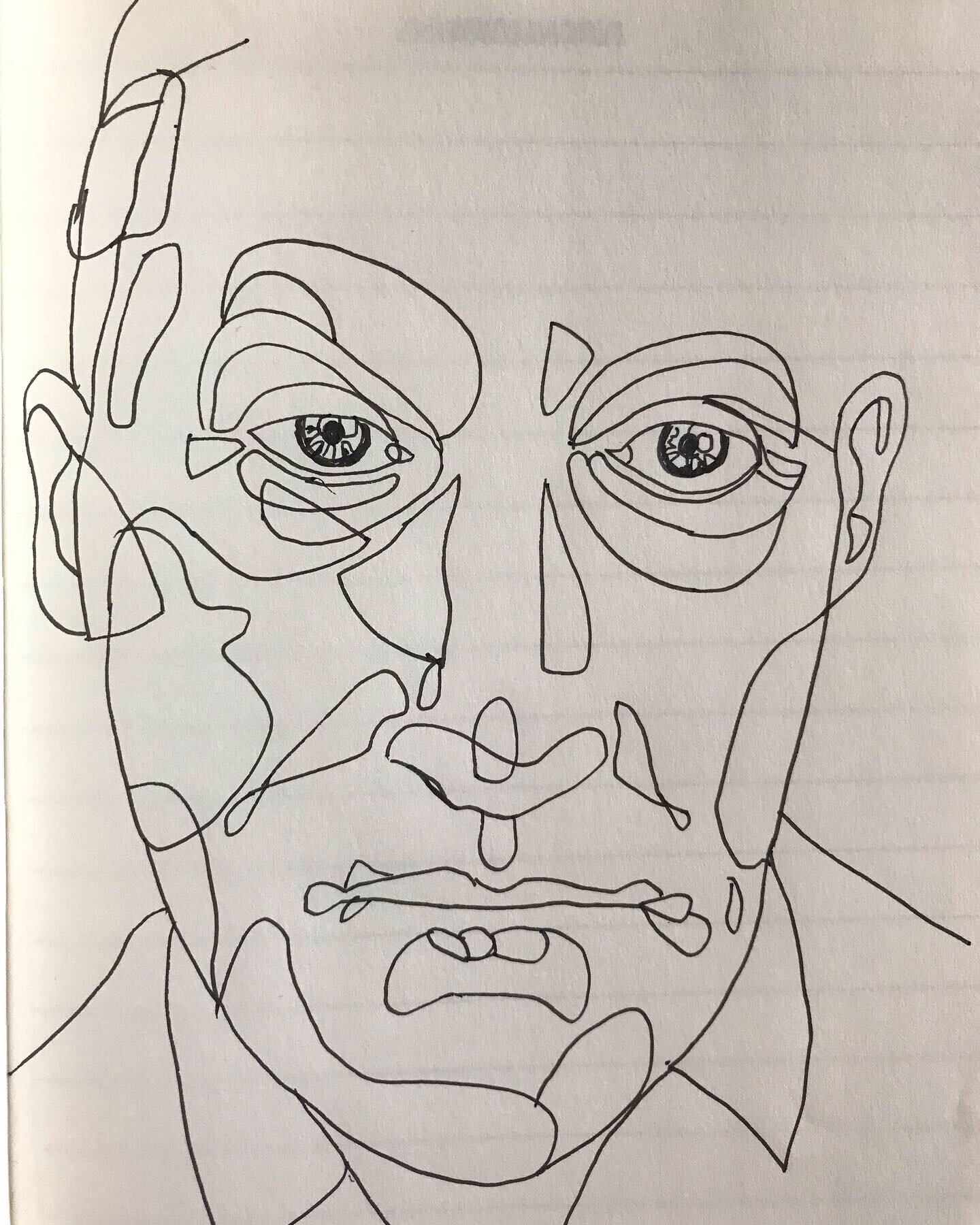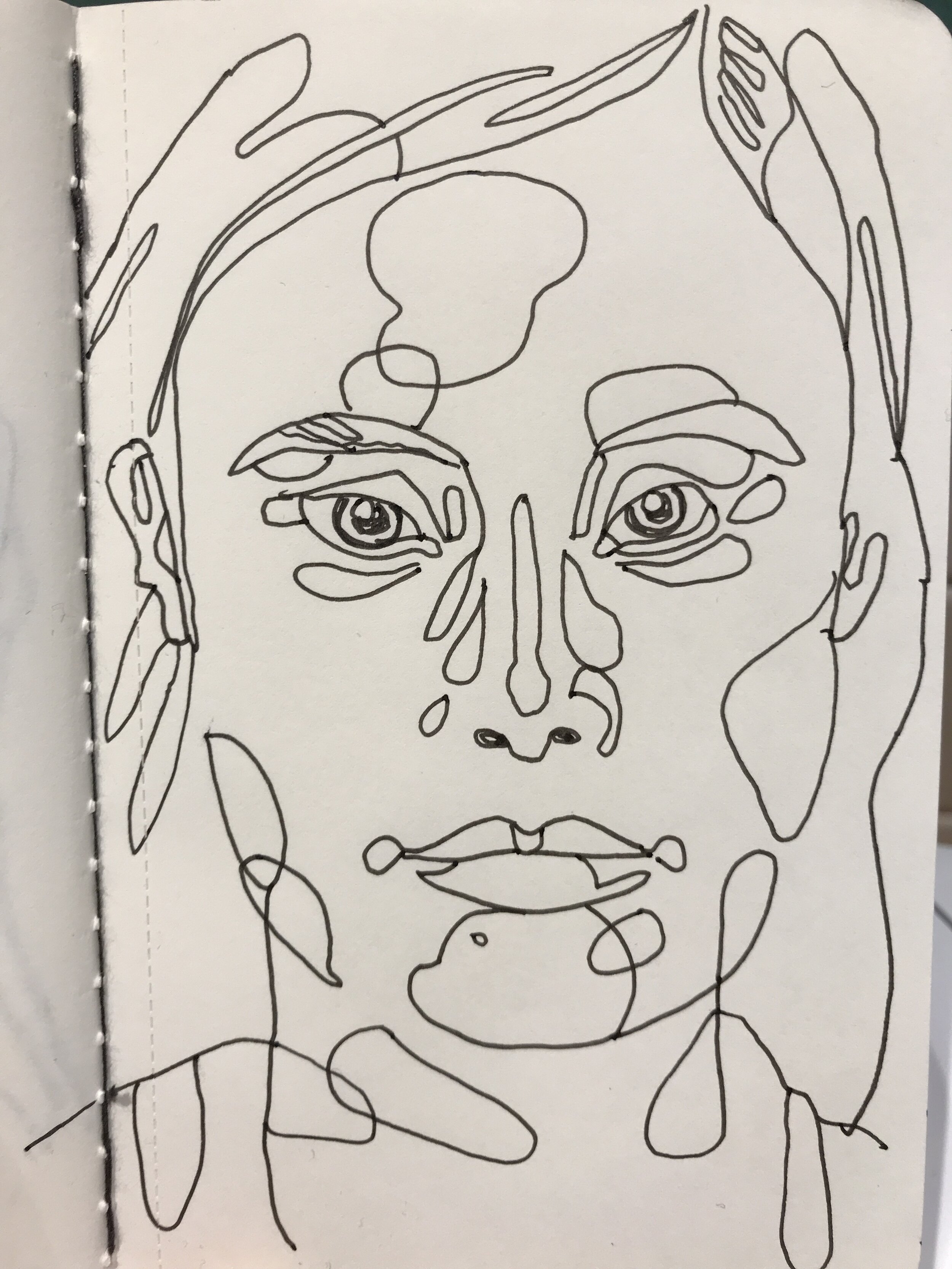Tony Dowmunt • THE FUTURE OF PAST MEDIA
London Community Video Archive
To understand the future of media it is important to delve into media past. Media archives such as the London Community Video Archive (LCVA) provide an excellent opportunity to do this. LCVA preserves, archives and shares community videos made in the 1970s-1980s in London and the South East. Around 40 screenings and events have been organised so far based on this material, in collaboration with community groups, activists and artists, largely made up of marginalised and underrepresented sectors of society.
An 8-minute video about these screenings is also available to watch. The core aim is to make the archive alive and useful in the present and the future - by actively engaging audiences in discussion and action, and by demonstrating the continuing vitality of these alternative media practices.
Tony Dowmunt is Emeritus Professor at Goldsmiths, an experienced TV director and producer, a media activist and a co-director of the London Community Video Archive. He is currently working on a website about Australian Indigenous Media.
Ceiren Bell • THE FUTURE OF ANIMATION
Forgotten Women
These animations were produced as an experimental interdisciplinary collaboration with Dr Kat Jungnickel from the Department of Sociology at Goldsmiths, as part of her 'Bikes and Bloomers' project. Although very few photographs and no moving image footage existed of the early women bikers, Kat’s research has 'animated' the women inventors she writes about through the very faint traces the bikers had left via their patents, drawings and genealogical data. Ceiren Bell’s animation work directly utilised these and other materials to see how 'ghosts' from the past might be embedded in them, how they continue to engage with the present and how they might be realised and renegotiated through the animation process. As well as animating the bikers, the film outlines a trajectory for the practice of animation as, literally, a return to life.
Ceiren Bell is a Lecturer in Animation at Goldsmiths. In her practice she specialises in hand-drawn educational animations.
Gerry McCulloch • THE FUTURE OF CINEMATOGRAPHY
That Which Transpires
Transpires anticipates the future of media on technological, political and aesthetic planes.
Participants are filmed silently engaging with others from inside their intimate space, using a hidden arrangement of mirrors to foreground the miniscule pre-conscious communications that spontaneously occur at lightning velocity beneath the binary layers of likes and dislikes upon which we habitually define ourselves.
The artwork facilitates the merging of personal inner-space with the inner-space of ‘strangers’ via 360-degree projection-mapping and immersive sound. In triggering face-to-face conversations that take place without words, it highlights some of the ways in which we were already socially distant before lockdown.
While the world was abiding by the 2m social distancing rule, m2 Gallery in Peckham ‘gave back to the street’ by exhibiting elements of Transpires as a 24/7 public-facing window-gallery exhibition called Pause throughout April and May 2020.
By situating itself in the realm of the un-thought known, Transpires functions as an antidote to the politics of difference based on inequality. Immersing in Transpires hastens an integrated future that celebrates difference as interconnected, not other.
Individual films are best viewed on a large screen.
Gerry McCulloch is Head of Cinematography, Film Editing and Sound Design on the MA in Filmmaking at Goldsmiths, University of London.
Joanna Zylinska • THE FUTURE OF PHOTOGRAPHY
Nonhuman Vision
What is the future of photography - and the future of humans as its producers and subjects? In today’s network of seeing machines, which includes CCTV cameras, drone media and satellite imaging devices, photography is increasingly decoupled from human agency and vision. Yet from its very beginning, the photographic medium has relied on the execution of a nonhuman, mechanical element. In her video essay originally commissioned for the SITUATIONS/Posthuman series at Fotomuseum Winterthur, Joanna Zylinska explores the eponymous concept from her monograph, Nonhuman Photography (MIT Press, 2017). Her essayistic montage combines video footage shot with her Samsung Galaxy phone camera worn on her neck in densely-populated urban locations with the stills taken with an Autographer, an automated ‘intelligent’ wearable camera. Experimenting with immersive forms of image capture and embodied perception, Zylinska’s concept of nonhuman vision provides an alternative vantage point, allowing us to unsee ourselves from our species-based parochialism.
Joanna Zylinska is Professor of Media Philosophy and Critical Digital Practice at King’s College London, a writer, artist and curator. Prior to joining King’s, she spent 17 years at Goldsmiths, working across digital theory and practice.
Jacob Love • THE FUTURE OF MEDIA EXPERIENCE
CONTENT: LEARNING ABOUT PLEASURE
CONTENT: LEARNING ABOUT PLEASURE deals with humans’ complex relationship to pleasure — and with what it might mean for technology to be learning about this relationship. The images presented here come from a work-in progress show installed in a converted church space in South-East London in 2018. The show contained four distinct elements that functioned as self-contained experiences. They were intended to be shown together, allowing for new meanings and ideas to arise in the intersections and spaces between the different works.
About Pleasure is a series of large-scale images that look at our relationship to the physical world and to images. The images have been produced robotically, fusing hundreds of individual photographs to create giant highly-detailed prints of landscapes that end up being nonhuman in their viewpoint. They ask questions about experience, specifically, about what it means when the distinction between direct and mediated experience is blurred. The work also deals with alienation from corporeal pleasures that can occur in an image-saturated world and with how strange and intangible our own bodies can sometimes feel.
You’ll Die Laughing is a one-channel video installation that taps into one of our existential fears with regard to Artificial Intelligence: perfection. In comparison to the machine we will always fail, a comparison that reveals our human pride, stupidity and fragility.
Warning: The video works contain strobe effects and explicit content.
Content Learning is a five-channel video installation that looks at how the content we upload and the data about what we consume are enabling technology to learn about human pleasure. Does the lack of a body that feels pose a fundamental obstacle to learning about pleasurable experience, or could it be the key to developing entirely new forms of knowledge – knowledge that is totally unknowable to humans? Algorithms start to produce knowledge about human pleasure, but as Artificial Intelligence has no capacity for experience, what else might be done with that knowledge?
Autoplay is series of unique print works. They address the cultural artefacts that are being automatically created by new types of AI knowledge. They visualise what seems chaotic and offensive to our cognitive faculties but what may feel seductive and rewarding to our preconscious bodily faculties.
Jacob Love lives and works in London. He studied at the University of the West of England and at Goldsmiths, University of London – where he is now a Lecturer in Photography. He has exhibited in solo and group shows, both in the UK and internationally.
NG Bristow, Tracy Bass & Richard Shannon • THE FUTURE OF AUDIO DRAMA
One Oh Eight
A pair of geolocated audio dramas set on the 108 bus routes in London and Cape Town. The listener downloads the app which triggers the audio drama to play on their phone as they sit on the bus heading along their city’s 108 route. Transporting the London listener - in their mind’s ear - to Cape Town. And the Cape Town listener to London.
Daniel Strutt • THE FUTURE OF DANCE
A digital avatar for the motion-captured performance of Mavin Khoo (created by Studio Aszyk)
Framed by the impact of the pandemic on the arts, and funded by the AHRC as part of their ‘COVID-19 research and innovation’ programme, our practice-led research project Goldsmiths Mocap Streamer is showcased below. This project is offered as an intervention into the future of dance, addressing practical and theoretical questions raised by a series of collaborative, interdisciplinary workshops with choreographers, dancers and creative technologists.
Goldsmiths Mocap Streamer is intended as an accessible, open-source tool for the simple and easy streaming of motion capture data. Any number of users can both receive and stream data in real time. This permits any number of performers from any place in the world to dance together in virtual spaces.
Starting from research into the potential applications of a new generation of wireless and studio-less motion capture (Inertial Motion systems) in the creation, rehearsal, teaching and performance of choreographic dance work, we moved towards a more refined research question. We wanted to explore how to find forms of meaningful emotional and affective connection in a ‘distributed’ medium for dance that is decisively and qualitatively different to live theatrical performance.
The use of motion capture systems in these remote, telematic modes of choreographic communication can outline new perspectives for the dancer and the choreographer, ‘revealing hidden stories in the movement data that can provoke artistic, aesthetic and conceptual questions about what dance movement creation is and could be’ (Vincs and Barbour 2014, 64).
We believe that many future-oriented concepts for new digital platforms for dance, audiences and new types of interactive performance exist in ways that can neatly merge with rapidly evolving motion capture, immersive and mixed-reality technologies. We can look to a future of dance content being shared on various AR, VR and XR platforms in ever more immersive and participatory modes of engagement. Through interdisciplinary collaborative projects such as ours, dance performers and choreographers can start to understand ways of sharing and developing new work, thus shaping a digital future for traditional performance arts.
The project was supported by the AHRC, within their ‘Ideas that address Covid19’ fund, and by Goldsmiths’ ‘Future of Media’ research theme.
Dancers: Tia May Hockey, Nicky Henshall, and Alexander Whitley, with artistic advisor Mavin Khoo
Principal Investigator: Dr Daniel Strutt
Creative Direction and Virtual Environments: Neal Coghlan (Studio Aszyk) and Clemence Debaig.
Software development: Oliver Winks at Paper Plane Software
Research Assistant: Friendred Peng
Visuals crafted in Unity, with motion capture by the Perception Neuron V2 by Noitom Technology Ltd., with technical support from our project partner Target3D.
For more information contact daniel.strutt@gold.ac.uk
Daniel Strutt is a Lecturer in the department of Media, Communications and Cultural Studies at Goldsmiths, University of London, where he teaches film theory and analysis, alongside social, cultural and economic theory. His book, The Digital Image and Reality: Affect, Metaphysics and Post-Cinema was published in 2019 with Amsterdam University Press. Having worked on research projects with Creativeworks London, CREATe and the AHRC Creative Economy Programme, he also engages in innovative performance production work with contemporary digital audio-visual artists.
Daisy Asquith • THE FUTURE OF QUEER FILM
Queerama
How can we mobilise creative editing to expand the realm of what’s possible? Queerama by Daisy Asquith is a 70-minute essay film made from one hundred film fragments drawn from the BFI archive. The film rebuilds a queer history, connects the past to the present and thereby projects a better queer future. It is structured thematically rather than relying on a chronological ordering that would privilege dates and the unfolding legislation around gender and sexuality. The film’s structure makes its own argument - namely, that progress is not linear and that queer lives don’t wait around for the law to be changed. Moments and phases of persecution and freedom come and go throughout the century, as they always have. Gender is shown to have been a battleground between the instincts and experiences of individual and societal heteronormativity, at least as long as film has existed.
The process of working with archival material mobilised in this film blends theory and practice research, as reworking old films simultaneously acknowledges their text as a form of context, while repurposing and building on the meanings it contains. The more we take ownership of our stories and pasts, suggests Asquith, the more solid a foundation is laid for building an optimistic queer future.
Daisy Asquith is Senior Lecturer at Goldsmiths and convenor of the MA in Filmmaking (Screen Documentary). She is also a documentary filmmaker with over 20 years experience, making films for the BBC, Channel 4, BFI, Irish Film Board, Grierson Trust and Sheffield Docfest.
Malene Sheppard Skaervard • THE FUTURE OF PERFORMANCE
A Richer Dust
This piece explores the future of performance as a multi-genre, multi-person collaboration - as unfolding against the wider context of reflection on the future of life on our planet.
A Richer Dust is Malene Sheppard Skaervard’s collaboration with the composer Nigel Clarke, scored for speaker, and a large symphonic wind orchestra, which also has a speaking role. The work cannot be categorised as a drama or symphony: its four sections can be seen as both acts and movements. The work was premiered near Nashville, Tennessee, in 2015, issuing a call for an end to violence in dramatic counterpoint with the NRA conference that was taking place in the city at the same time. Extraordinarily for a work of art whose message is explicitly antiwar, one year after its world premiere in the USA it was played in the Guards Chapel Westminster on Remembrance Day by the band of HM Irish Guards. The performance was augmented by players from the other military bands. Among the performances taking places on both sides of the Atlantic, the most ambitious one was presented by Le Conservatoire de Strasbourg in 2018. Sheppard Skaervard collaborated with the drama, graphic and music departments to produce a multimedia immersive event.
A Richer Dust arose from conversations about who the real victims of conflict and terror were. The piece is dedicated to the future victims of war, in honour of the monument erected to the same by the Pankhursts in East London. It brings together words from a diverse collection of sources, from Barack Obama, mothers of dead soldiers and victims of terror, Jens David Breivik (father of the Norwegian mass-killer), through to texts of interviews conducted by the artist with a veteran CIA operative, the cultural anthropologist Dominique Behague and many others. In 2017 the work was released on the Toccata Classics label (distributed globally by Naxos). The release attracted much critical attention and was featured on BBC Radio 3’s ‘Record Review’. Following this collaboration (which was Sheppard Skaervard’s second with the composer), she wrote Christina’s Garden for a yet more elaborate combination of speakers, singers, instrumentalists and orchestra. This work was premiered in Minnesota in 2018.
War, terrorism, economic inequality and ecologically-driven famine will be part of our future, but so will conversation and collaboration. Malene Sheppard Skaervard believes we might go back to some of the ‘old ways’ to create and communicate. Through this, we might rediscover how to ‘talk’ our way out of conflict. Community organisations (such as the London Filmmakers’ Co-op) will pop up again. We will show and appreciate art in smaller, less commercial venues, with performances mirrored online, outside the control of global markets and monopolies.
Malene Sheppard Skærved is a writer, performer and filmmaker. She is also an author of biographical works on Marlene Dietrich and Hans Christian Andersen, and Lecturer in Creative Writing at Goldsmiths.
Andrew Kingham • THE FUTURE OF ILLUSTRATION
How do we develop new processes of image-making?
Illustration is at the centre of many overlapping structures and processes, functioning as advert, advocate and interpreter, while formally and visually existing in the space between past visual heritage and future technological image-making opportunities.
As technology has enabled the creation and sharing of image production, the desire for the novel or unique idea has increased, while the roles of the professional working as a designer and illustrator has become easier to bridge. This has lead to a growth in images that exist as a statement, expression, or as an artefact, rather than as servant to a text or another’s idea.
Illustrators as Pierre Bourdieu’s ‘cultural intermediaries’ who naturally interpret and reflect the aspirations of society are well placed to take this development forward.
The desire for the new approach is felt by both the audience and the artist. While much work created in the service of communicating messages is still clearly intended to persuade, Michael Beirut suggests that ‘the instability of the design process and its outcomes is what makes it fun’.
New forms of visual communication can be developed by playful exploration of form, material, or a manifested approach or idea.
These images from an ongoing series of small portraits show a snapshot of the progress of an idea being evaluated while responding to stylistic and external reflection. They begin with an investigation into facial recognition systems being adopted globally, alongside an attempt to move away from functional drawing - starting from the oft-repeated, almost clichéd advice to ‘draw what you can see’, rather than imposing the known or the archetype.
This research is not about creating a set of rules that decide how to draw, or the colours in our palette – rather it is an investigation into actively looking, creating a path that utilises arbitrary obstacles, chance and sequential decisions to inform and refresh visual image-making.
Andrew Kingham is a Senior Lecturer at Goldsmiths, University of London. He has an MA in Sequential Design, and has worked as an Illustrator, Graphic Designer and Interactive Designer since graduating from Brighton Polytechnic.
Sue Clayton • THE FUTURE OF ACTIVIST MEDIA
The Stansted 15: On Trial
Digital communication, including social media sites and smartphones, is rapidly changing the way we make activist and interventionist media, allowing covert practices to be highlighted quickly and effectively, and blurring the distinction that has existed between ‘professional’ news gatherers and citizen journalists.
The Stansted 15 were a group concerned with the fact that the UK government was deporting people with long-term (‘Windrush’) claims to remain in this country, people who had nevertheless been locked in detention centres without access to lawyers or the internet. Some managed to phone their stories to a site called Detained Voices. When the 15 group read these stories, they staged a peaceful demonstration at Stansted Airport as the deportation flight was due to leave. They filmed their action on smartphones - something that was achievable even in pitch-darkness - and live-streamed it to get publicity. They managed to delay the flight.
Sue Clayton made a film of their action and subsequent trial. She added further images of violent arrests by police and security firms employed by the Home Office, all captured on phones by concerned onlookers. The Stansted 15 were supported by Amnesty International, who uploaded Clayton’s film to support the campaign for their acquittal at Stansted 15 On Trial. Another development is that television news now accepts 4G phone material for broadcast, so as a consultant for Channel 4 News Clayton was able to record the trial’s result outside court, both for her own film and to contribute to the national news story on TV hours later: Channel 4 News
Sue Clayton is Professor of Film and Television at Goldsmiths, a fiction and documentary film writer and director, and a consultant for Channel 4 News and ITV News.
Damian Owen-Board • THE FUTURE OF INSTITUTIONAL SPACES
After the Trojan Horses
After the Trojan Horses examines queerness and ‘othering’ in institutionalised spaces. By photographing elaborate sculptural elements in interchangeable bureaucratic places, Damian Owen-Board eschews the banality of these locations and creates an uneasy, chaotic wonder. These interventions play on camp clichés and historical fears of queerness as an invading force corrupting the ‘normal’ world. They interrogate the institution as a heteronormatively-coded space and present queerness as a disruptive force which subverts that hegemony, replacing it with something new and sparkling.
Damian Owen-Board is a London-based artist working in photography, video and installation. Damian’s practice has explored ideas of cinematic spectacle and the dichotomy between high and low art and, more recently, the role of queerness, geography and architecture in identity formation. Damian studied at the University of Derby and Goldsmiths, University of London, where he now lectures in photography. His work has been included in solo and group exhibitions.
Wells Blog
Duis mollis, est non commodo luctus, nisi erat porttitor ligula, eget lacinia odio sem nec elit. Maecenas faucibus mollis interdum. Nulla vitae elit libero, a pharetra augue.
